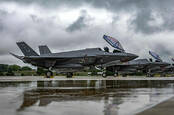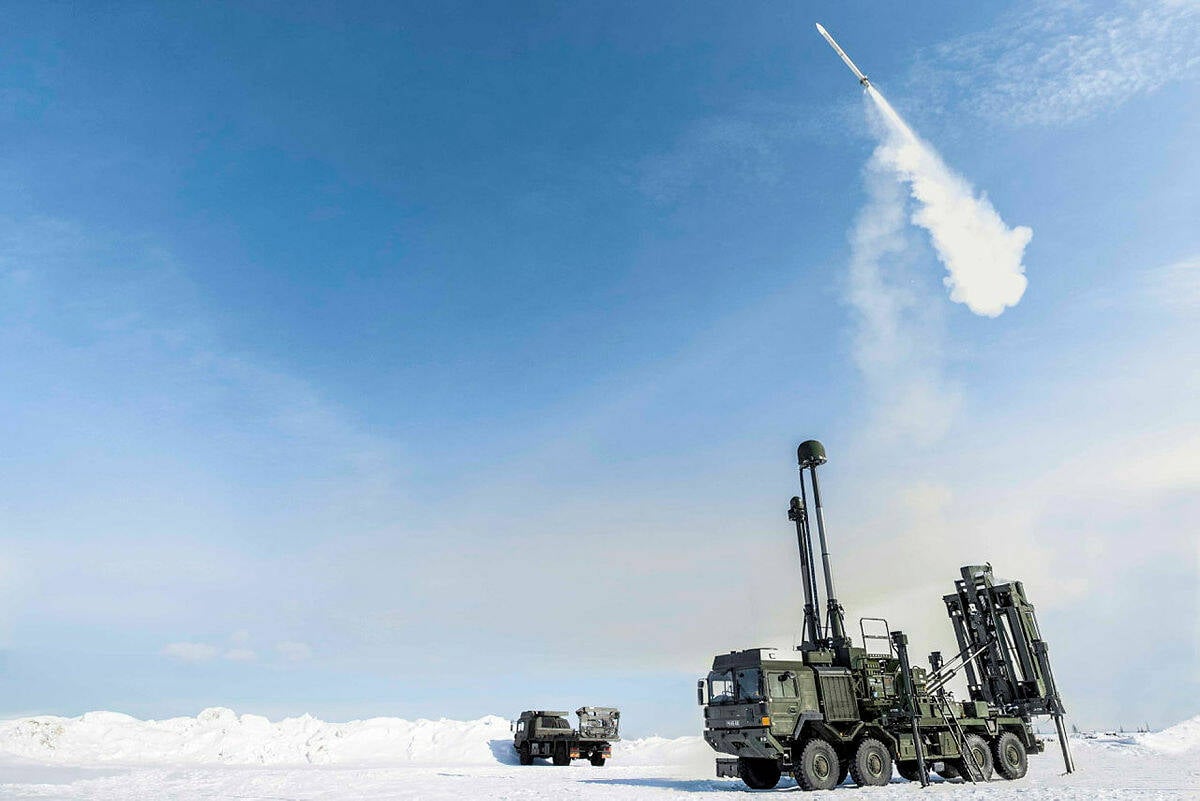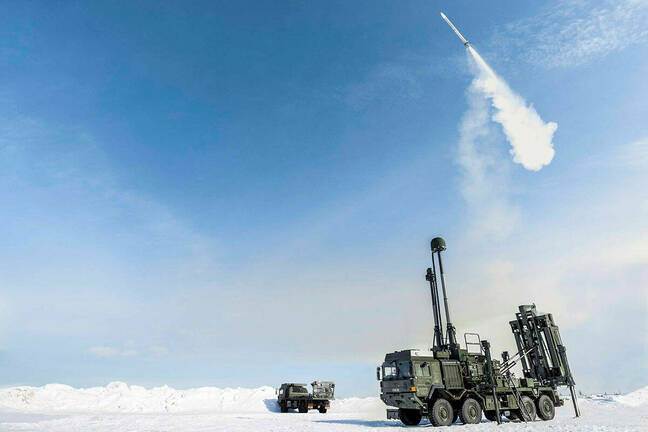Britain’s threadbare defenses are getting a small boost. The UK Ministry of Defence (MoD) just announced that it’s purchasing six new Land Ceptor anti-aircraft missile systems.

UK to buy nuclear-capable F-35As that can’t be refueled from RAF tankers
READ MORE
The £118 million ($158 million) purchase will double the number of deployable Sky Sabre systems operated by Britain’s armed forces, the MoD said, although critics feel that this is not enough.
Sky Sabre is the name for the complete air defense missile system, capable of intercepting cruise missiles, aircraft, and drones. It is made up of three separate components: the radar, the command and control system, and the launcher with its missiles.
The three-year contract will deliver six additional MRAD (medium range air defense) Land Ceptor missile launching systems for use by the British Army, at home and anywhere in the world. The launchers can be used on their own as well as forming a component of Sky Sabre.
But a dozen or so of these air defense systems does not sound like much to safeguard the whole of the UK, especially when the military has deployed two overseas in the Falkland Islands and Poland.
A debate in Parliament late last year revealed that the UK’s current defense capabilities against air attack are primarily a handful of Typhoon fighter jets on quick reaction alert at RAF Coningsby and Lossiemouth airfields, Sky Sabre, plus the half dozen Type 45 destroyers, developed to provide area defense for Royal Navy carrier groups and which carry 48 Aster surface-to-air missiles each.
Since the end of the Cold War, the assumption seems to have been that any airborne threat to the UK was minimal, and the most likely aggressor is on the far side of Europe. However, Russia’s war on Ukraine has demonstrated the new threat from low-cost uncrewed aerial vehicles (UAVs) or drones, with the Kremlin sending hundreds of these against Ukrainian targets almost every night.
Other European countries have taken the issue more seriously. France and Italy have jointly developed and deployed a medium-range air defense system that can intercept ballistic missiles, drones, fighter jets and other targets. Other European countries have deployed defenses such as the US Patriot missile system.
The MoD is aware of this threat, and recently issued a request for information (RFI) on technologies that could counter fast, jet-powered UAVs. This is just an information gathering, market engagement exercise at this stage, but it does detail the nature of the problem:
“The proliferation of affordable, long-range, jet-powered One-Way Effector Uncrewed Aerial Vehicles (OWE-UAV) presents a significant and evolving threat to both deployed forces and critical national infrastructure. These threats exploit advantages in cost and volume, making traditional kinetic air defense solutions economically unviable and leading to the potential saturation of existing layered defense systems,” it says.
Trials of the Land Ceptor weapon close to the Baltic Sea on a Swedish test fire range (click to enlarge) – Pic: Crown Copyright
However, the UK government is talking up this current Land Ceptor procurement, saying that it bolsters national security and defense, as well as claiming that it supports up to 140 jobs across Britain, particularly at manufacturer MBDA’s facility in Bolton, Lancashire.
“We are delivering on the Strategic Defence Review by equipping our armed forces with state-of-the art equipment to help keep us safe. Doubling our deployable Sky Sabre capability will strengthen the UK’s air defenses, protect UK forces abroad, and deter our adversaries,” said Luke Pollard MP, Minister for the Armed Forces.
Land Ceptor itself comprises MBDA’s Common Anti-air Modular Missile (CAMM), which is also used for Sea Ceptor. The latter equips the Royal Navy’s Type 23 frigates, and will also be used in the upcoming Type 26 and Type 31 ships. CAMM has a shorter range than the Aster missiles used in the Type 45. ®

